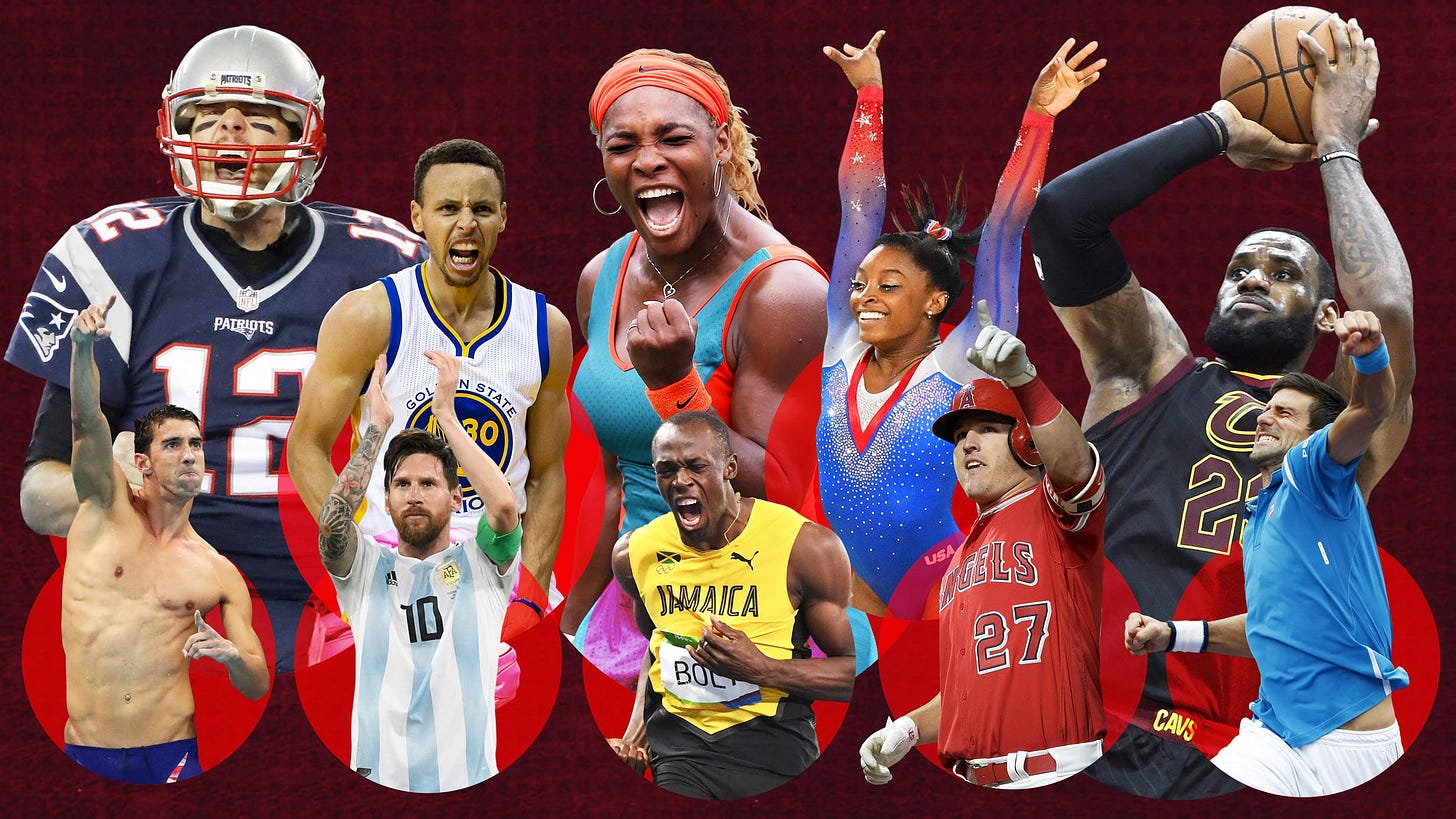What comes to mind when you think of high performance? Calm under pressure, present, motivated, focused, cognitively flexible, confident, mentally tough, clutch? The list is potentially endless.
But while these traits are certainly desirable, they tend to focus on performance as an end state rather than the processes ones takes to get there.
As audience members and performance enthusiasts, it’s easy to get caught up in highlight reels and SportsCenter Top 10. But it’s not enough to look solely at the outcome. If there’s one thing to be learned from the greats, it’s the behaviors they implement in order to be great.
Performance is defined as:
an act of staging or presenting a play, concert, or other form of entertainment
the action or process of carrying out or accomplishing an action, task, or function.
Notice that these definitions don’t say the result that comes from a set of actions. Performance is the action; an ongoing process that we continually build upon. It’s the little behaviors that you engage in throughout the week, the month, the season that define performance.
“Success is the product of daily habits—not once-in-a-lifetime transformations.” — James Clear, Atomic Habits
I like this quote because it’s a reminder that performance is an ongoing intentional effort.
But let’s take it one step further.
In addition to reflecting on what actions you are engaging in, it’s important to look at how you are enacting them. If you want to be calm under pressure, present, motivated, focused, cognitively flexible, confident, mentally tough, clutch, or any other quality when it matters, it’s crucial to define what that means for you.
Say you want to be calm under pressure when it’s go time.
What are the behaviors that contribute to this state? What are you doing when you are calm under pressure? What are you saying? What are your teammates or peers saying about you? How are getting better at being calm, cool, and collected?
By defining these qualities from a behavioral point of view, you create a unique subset of guidelines for how to act with a sense of calm under pressure. It is these small behaviors—the combination of both what you are doing and how you are doing it—that gradually build over time and define your performance.
So as you reflect on the physical, technical, or strategic parts of your performance processes, consider the behavioral qualities you want to demonstrate too. “Practice like you play” is not just about what you are doing, but how you are doing it.
Go get ‘em!




